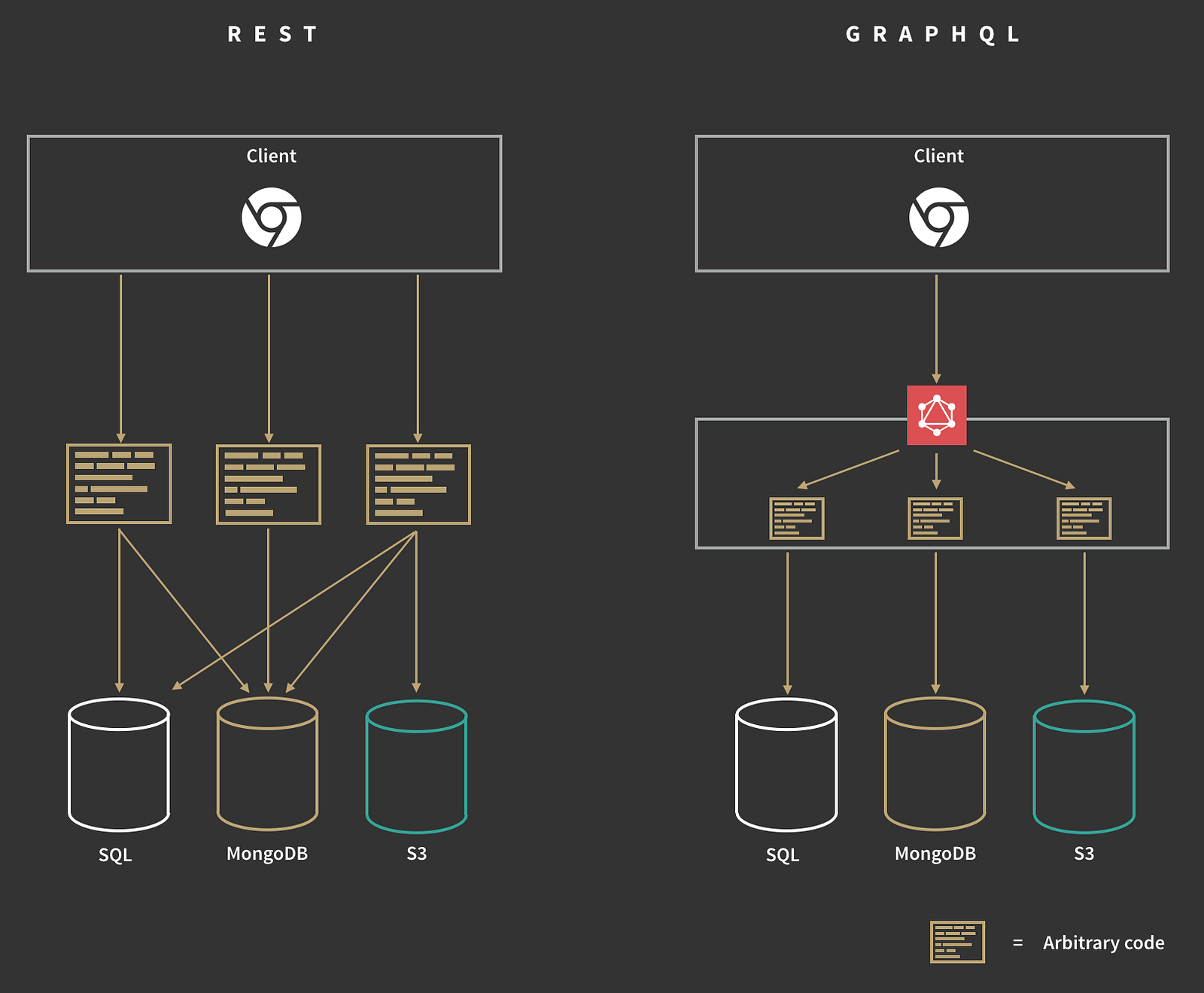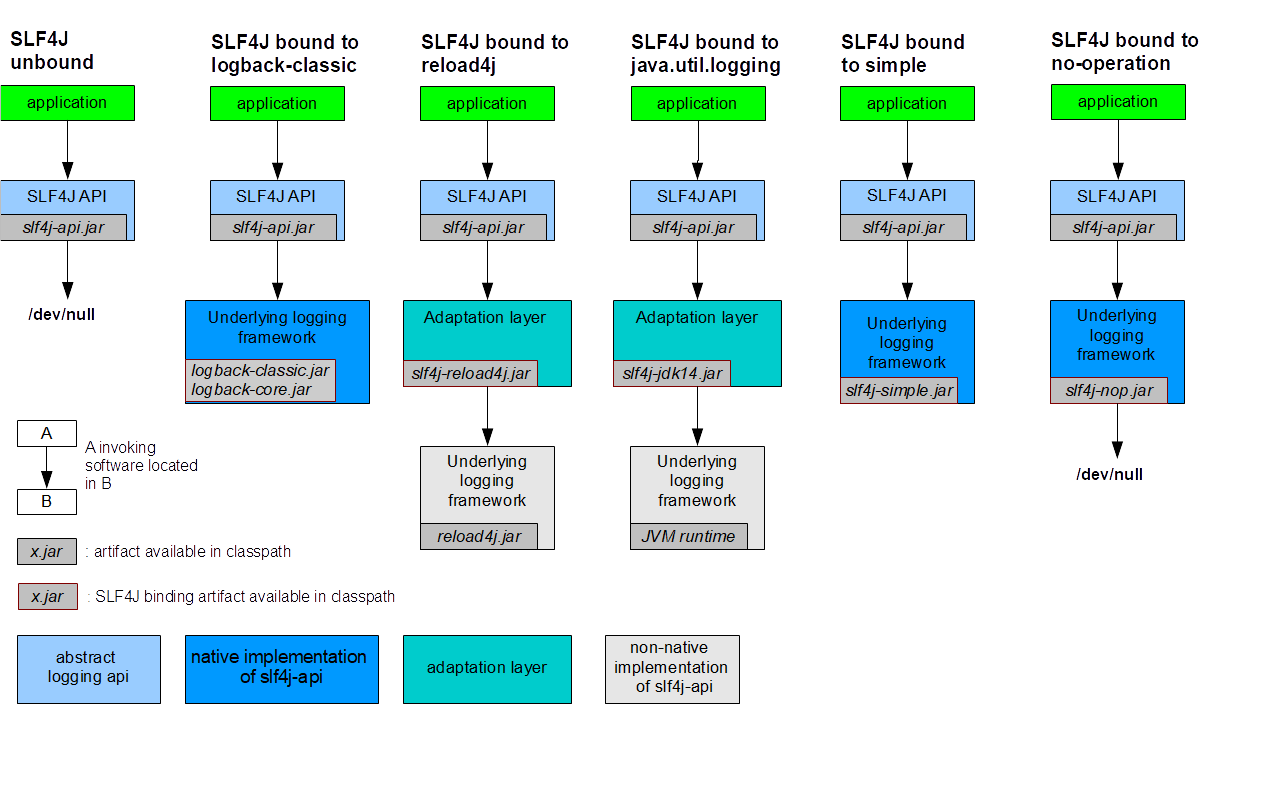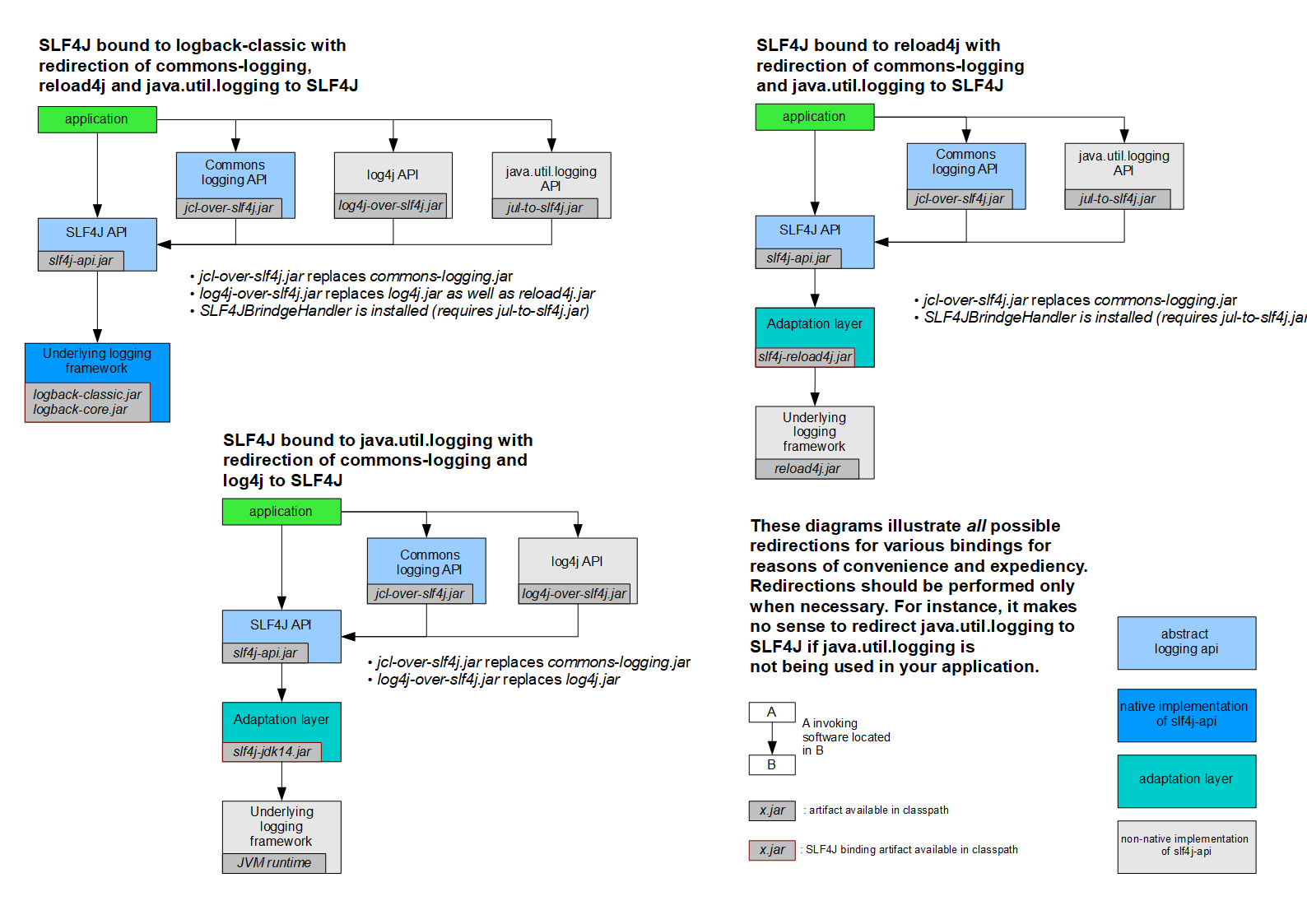GraphQL
GraphQL - A Query Language for APIs
GraphQL is a query language designed to build client applications by providing an intuitive and flexible syntax and system for describing their data requirements and interactions. — from Facebook
Agenda
- Why GraphQL
- Java Library
- Example Project
- Problem
- GraphiQL
Why GraphQL
Overfetching
Downloading superfluous data
Overfetching means that a client downloads more information than is actually required in the app.
Underfetching
Underfetching generally means that a specific endpoint doesn’t provide enough of the required information. The client will have to make additional requests to fetch everything it needs.
Browser Connection Limit
Max Number of default simultaneous persistent connections per server/proxy:
Firefox 3+: 6
Opera 12: 6
Safari 5: 6
IE 7: 2
IE 8: 6
IE 10: 8
Chrome: 6
Opera 12: 6
Safari 5: 6
IE 7: 2
IE 8: 6
IE 10: 8
Chrome: 6
HTTP connection cost

REST vs GraphQL

Java Library
GraphQL and GraphiQL Spring Framework Boot Starters
Repository contains:
graphql-spring-boot-starter to turn your boot application into GraphQL server
graphiql-spring-boot-starter to embed GraphiQL tool for schema introspection and query debugging
graphiql-spring-boot-starter to embed GraphiQL tool for schema introspection and query debugging
graphql-java-tools
com.coxautodev.graphql.tools.SchemaParser
Schema First
type Link {
url: String!
description: String!
}
type Query {
allLinks: [Link]
}
schema.graphqls
graphql-java-annotations
Code First
public class SomeObject {
@GraphQLField
public String field;
}
// ...
GraphQLObjectType object = GraphQLAnnotations.object(SomeObject.class);
java-dataloader
DataLoader is a generic utility to be used as part of your application’s data fetching layer to provide a simplified and consistent API over various remote data sources such as databases or web services via batching and caching.
Example Project
- GraphQLxSpringBoot
- GraphQLxSpringMVC
GraphQLxSpringBoot
Spring Boot plugin requires Gradle 4.0 or later.
plugins {
id 'org.springframework.boot' version '2.0.4.RELEASE'
}
apply plugin: 'java'
apply plugin: 'io.spring.dependency-management'
dependencies {
compile("org.springframework.boot:spring-boot-starter-web")
compile group: 'com.graphql-java', name: 'graphql-spring-boot-starter', version: '4.0.0'
compile group: 'com.graphql-java', name: 'graphiql-spring-boot-starter', version: '4.0.0'
}
gradle bootRunGraphQLxSpringMVC
dependencies {
compile group: 'org.springframework', name: 'spring-webmvc', version: '4.3.16.RELEASE'
compile group: 'com.graphql-java', name: 'graphql-java', version: '8.0'
compile group: 'com.graphql-java', name: 'graphql-java-tools', version: '5.2.3'
}
gradle appRunProblem
不支援泛型
沒有 Inheritance

沒有 Overload
a particular field must always return the same typetype Link {
url: String!
description: String!
}
type Query {
links: [Link]
links(limit: Int): [Link]
}
error

Map Scalar
public class MapScalar {
public static final GraphQLScalarType MAP = new GraphQLScalarType("Map", "A custom map scalar type", new Coercing() {
@Override
public Object serialize(Object dataFetcherResult) throws CoercingSerializeException {
Map map = null;
try {
map = Map.class.cast(dataFetcherResult);
} catch (ClassCastException exception) {
throw new CoercingSerializeException("Could not convert " + dataFetcherResult + " into a Map", exception);
}
return map;
}
@Override
public Object parseValue(Object input) throws CoercingParseValueException {
return null;
}
@Override
public Object parseLiteral(Object input) throws CoercingParseLiteralException {
return null;
}
});
}
Error(1)
status code always 200 even exception…
{
"errors": [
{
"message": "Invalid Syntax",
"locations": [
{
"line": 1,
"column": 0
}
]
}
]
}
Error(2)
{
"data": {
"Profile": null
},
"errors": [
{
"message": "Exception while fetching data (/Profile/basic) : Data Not Found, pid:3112122",
"locations": [
{
"line": 3,
"column": 5
}
],
"path": [
"Profile",
"basic"
]
}
]
}
GraphiQL
An in-browser IDE for exploring GraphQL.
autocomplete: option(control) + space


